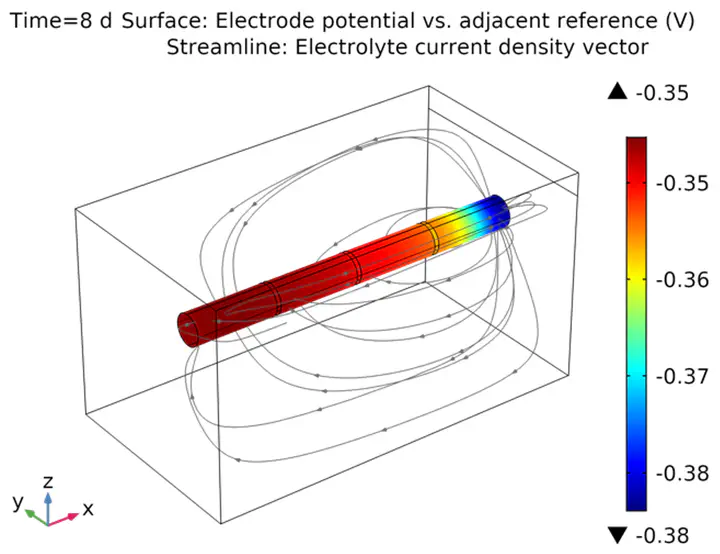
Abstract
This study presents a comprehensive mechanistic corrosion model to simulate rebar corrosion in non-uniform corrosive microenvironments caused by cracking and exposure conditions. The proposed model comprehensively investigates all possible corrosion mechanisms in cracked concrete, addressing an experimental phenomenon that has perplexed experts for decades. In particular, it aims to elucidate the marked difference in corrosion behaviour observed in the presence of thin versus wide cracks. This study demonstrates that self-healing is the sole mechanism differentiating the corrosion behavior of thin and wide cracks, a finding enabled by advanced numerical modeling and experimental validation. Achieving this required a sophisticated physics-based model capable of capturing the major features of reinforcement corrosion in cracked concrete. The ability to selectively activate or deactivate specific mechanisms in the model provides a unique lens to isolate their contributions, which is often impractical in experimental setups. The findings of this study provide valuable insights into the concept of a “critical crack width”, below which reinforcement corrosion is unlikely to pose a significant concern.